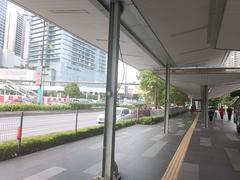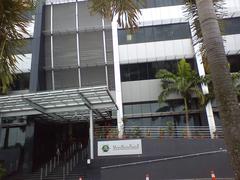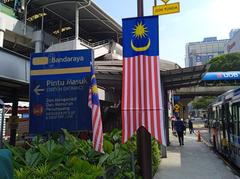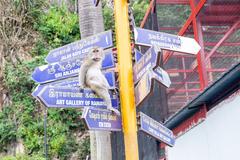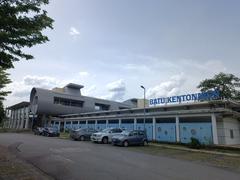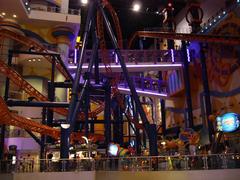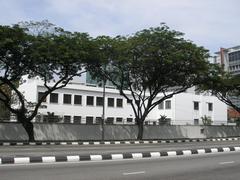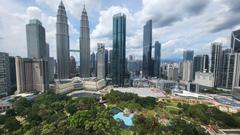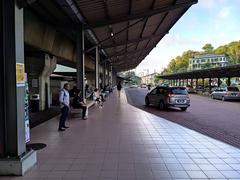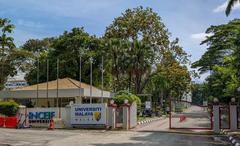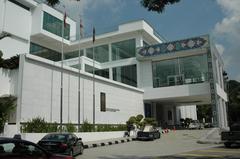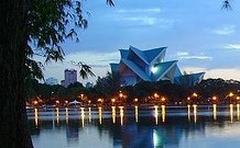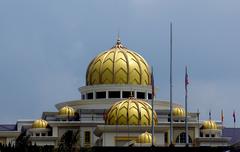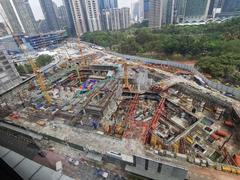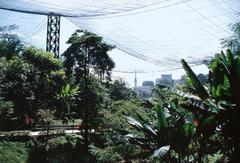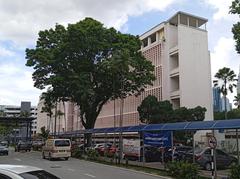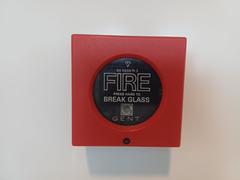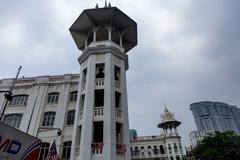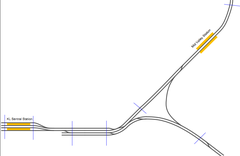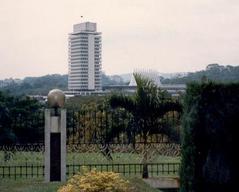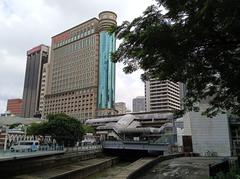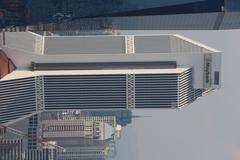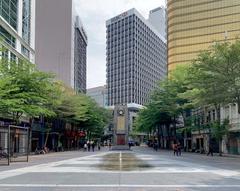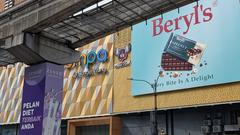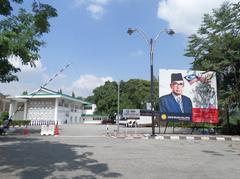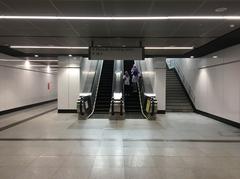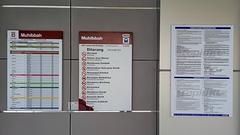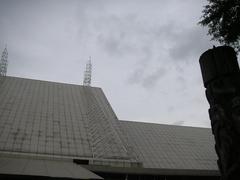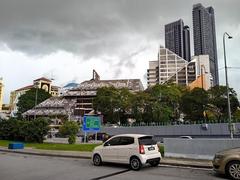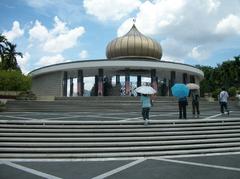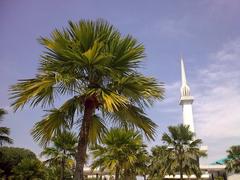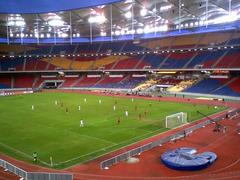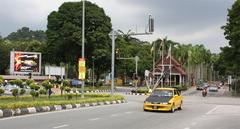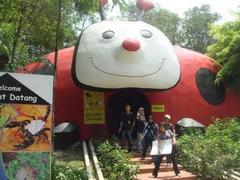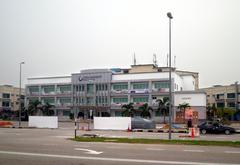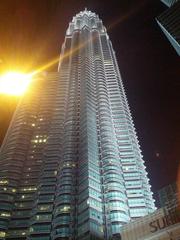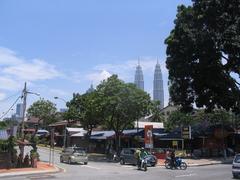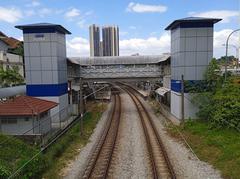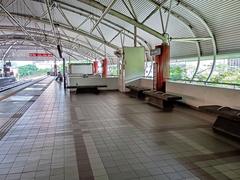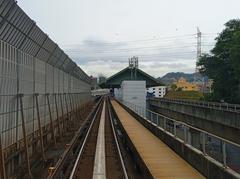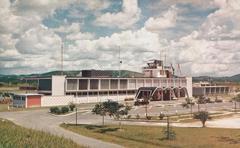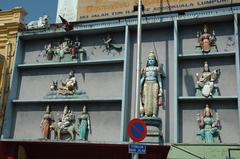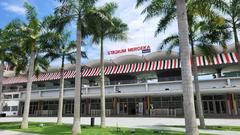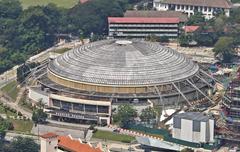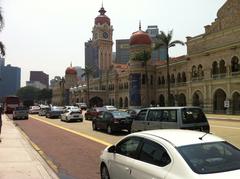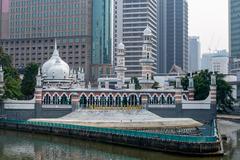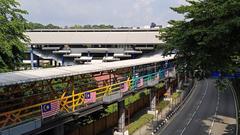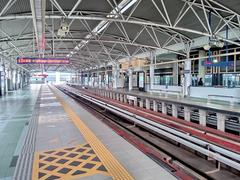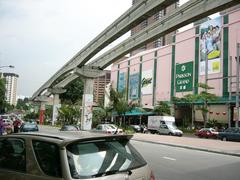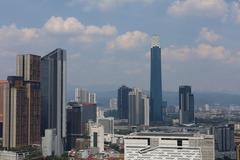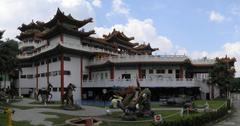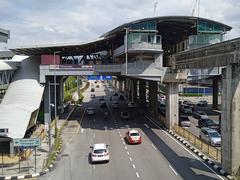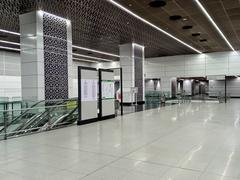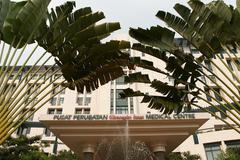Pudu Prison Visiting Hours, Tickets, and Historical Significance in Kuala Lumpur
Date: 15/06/2025
Introduction
Pudu Prison, a once-formidable colonial-era penitentiary in central Kuala Lumpur, Malaysia, stands today as a relic of the city’s layered history. Built between 1891 and 1895 under the British colonial administration, the prison was both a symbol of colonial authority and, for over a century, a key part of Malaysia’s criminal justice system. Its walls witnessed countless incarcerations, executions, and even the Japanese occupation during World War II, cementing its place in Malaysian historical consciousness (britishmalaya.home.blog; The Star). Famed for its strict discipline, notorious inmates, and a record-breaking mural painted by prisoners, Pudu Prison’s legacy endures despite most of its structure being demolished by 2012 (Atlas Obscura).
Today, only the prison’s main gate and a short section of wall remain, integrated into the Bukit Bintang City Centre (BBCC) redevelopment. These remnants serve as a somber memorial and are freely accessible to the public, offering a unique opportunity to reflect on Kuala Lumpur’s colonial, wartime, and post-independence transformations (Medium; The Vibes).
This comprehensive guide explores Pudu Prison’s history, its current status, practical visiting details, and its ongoing cultural significance to Malaysia’s heritage (Wikipedia; The Smart Local).
Table of Contents
- Early Construction and Colonial Origins (1891–1895)
- The Prison’s Role in Malaysia’s Justice System
- Life Inside: Notorious Inmates and Murals
- World War II and the Japanese Occupation
- Closure, Demolition, and Heritage Debates
- What Remains: Visiting Hours and Practical Information
- Visitor Experience and Nearby Attractions
- Cultural Significance and Preservation Lessons
- Frequently Asked Questions (FAQ)
- Conclusion and Additional Resources
Early Construction and Colonial Origins (1891–1895)
Pudu Prison, originally known as Pudu Jail, was constructed by the British colonial government using convict labor at a cost of Straits $16,000 (britishmalaya.home.blog). Situated in the then-rural “Poon San Pah” (Cemetery Land), its location emphasized isolation and security (timeout.com). The prison’s architecture was typical of British penal design, featuring high brick walls, guard towers, and a central gate that remains standing to this day.
The Prison’s Role in Malaysia’s Justice System
For over a century, Pudu Prison served as Selangor’s main detention facility, housing a wide spectrum of inmates—from petty criminals to those convicted of severe offenses like drug trafficking and murder (crowdedworld.com). Its reputation for strict discipline and harsh conditions reflected both colonial and post-independence penal philosophies. Over 1,000 executions reportedly took place here, including 180 hangings between 1960 and 1993 (crowdedworld.com). Security was notoriously tight, with no successful escape attempts recorded (britishmalaya.home.blog).
Life Inside: Notorious Inmates and Murals
Notable inmates included infamous Malaysian gangster Botak Chin and Mona Fandey, the pop singer-turned-witch doctor, both executed at Pudu (New Straits Times). In the 1980s, the prison gained international attention when inmates, led by Khong Yen Chong, painted a 394-metre-long tropical mural along the outer wall. This artwork, completed with 2,000 litres of paint, was recognized by the Guinness Book of Records as the world’s longest mural at the time (Atlas Obscura; crowdedworld.com).
World War II and the Japanese Occupation
During the Japanese occupation of Malaya (1942–1945), Pudu Prison was commandeered by the Japanese military to detain Allied prisoners of war, resistance members, and civilians. Conditions deteriorated drastically, with reports of torture, starvation, and executions marking one of the darkest chapters in the prison’s history (britishmalaya.home.blog).
Closure, Demolition, and Heritage Debates
Closure and Aftermath
The prison was officially closed in 1996 as part of Malaysia’s modernization efforts, with inmates transferred to newer facilities (The Vibes). Its closure sparked debates about the fate of the site as it stood unused for over a decade (Medium).
Demolition and Public Response
Demolition began in 2010, driven by urban redevelopment plans, particularly the BBCC project (EdgeProp; Future Southeast Asia). Despite protests from heritage groups like Badan Warisan Malaysia, only the main gate and a fragment of the mural wall were preserved (Say Anak Bangsa Malaysia). The loss of the prison complex is widely viewed as a cautionary tale about heritage protection in rapidly developing cities.
What Remains: Visiting Hours and Practical Information
The Surviving Gate and Wall
The only surviving elements are the original main gate (with the inscription “1895”) and a short section of wall once decorated with the famous mural (The Smart Local). These are located at the edge of a landscaped fountain park, adjacent to the Mitsui LaLaport Mall within BBCC (Atlas Obscura; Kuala Lumpur City).
Visiting Hours & Tickets
- Access: The preserved gate and wall are open to the public year-round, free of charge.
- Hours: There are no fixed visiting hours. The site is accessible at all times, but visiting during daylight is recommended for safety and optimal viewing.
- Guided Tours: There are currently no formal tours or museum facilities on-site. Some Kuala Lumpur heritage walks may include the site as a stop.
- Photography: Visitors are encouraged to take photographs. The stark contrast between the historic remnants and the surrounding modern BBCC is especially evocative.
Getting There
- Public transport: The site is within walking distance of the Hang Tuah LRT and Monorail stations and is well-served by buses and taxis.
- By car: Ample parking is available at BBCC and Mitsui LaLaport Mall.
Accessibility
The area is wheelchair accessible and pedestrian-friendly, with facilities such as restrooms and cafes available in the adjacent mall (Penang Travel Tips).
Visitor Experience and Nearby Attractions
- What to expect: Only the main gate and a portion of the wall remain. There is no on-site interpretive signage, so researching beforehand or joining a heritage walk is advised.
- Nearby sites: The BBCC location places the prison remnants near attractions like Jalan Alor, Pavilion Kuala Lumpur, Berjaya Times Square, the Sultan Abdul Samad Building, and Merdeka Square (Holidify).
- Best time to visit: Early mornings or late afternoons offer pleasant weather and good lighting for photography.
- Facilities: Restrooms, shops, and cafes are available in Mitsui LaLaport Mall.
Cultural Significance and Preservation Lessons
The story of Pudu Prison’s demolition is central to ongoing debates about heritage conservation in Malaysia. While some officials dismissed the prison as “not something to be proud of,” public sentiment and heritage advocates argued for its preservation due to its architectural and historical value (Say Anak Bangsa Malaysia). The loss of the prison complex has prompted calls for more robust legal frameworks, transparent public consultations, and broader recognition of “difficult” heritage—sites associated with pain or controversy.
Frequently Asked Questions (FAQ)
Is Pudu Prison open to the public?
Yes, the surviving main gate and wall are open to the public at all times and are free to visit.
Are there tickets or guided tours?
No. There are no tickets or official guided tours, though some heritage walks may stop at the site.
What is left of the original prison?
Only the main entrance gate and a short segment of the wall remain; all interior buildings have been demolished.
How do I get there?
Use the Hang Tuah LRT or Monorail stations, or park at BBCC/Mitsui LaLaport Mall.
Is the site accessible for people with disabilities?
Yes, the area is wheelchair accessible and pedestrian-friendly.
Conclusion and Additional Resources
Pudu Prison stands today as a symbol of Kuala Lumpur’s colonial legacy, wartime ordeals, and urban transformation. Though most of its structure is gone, the preserved gate and wall offer a tangible link to Malaysia’s complex past. The debates surrounding its demolition illustrate the challenges faced by heritage conservation amid rapid development. For those interested in history, justice, and urban change, a visit to the Pudu Prison remnants—and the stories they evoke—is a meaningful experience.
To explore more of Kuala Lumpur’s historical sites, consider visiting the Sultan Abdul Samad Building, Merdeka Square, and other colonial landmarks. Download the Audiala app and follow us on social media for detailed guides and heritage updates.
References
- Pudu Prison Kuala Lumpur: History, Visiting Hours, Tickets & Heritage Significance, 2022, britishmalaya.home.blog (https://britishmalaya.home.blog/2022/06/08/pudu-prison-kuala-lumpur-1895/)
- Pudu Prison Visiting Hours, Tickets & History – Kuala Lumpur Historical Site Guide, 2023, The Star (https://www.thestar.com.my/news/nation/2010/06/21/pudu-prison-wall-demolished)
- Pudu Prison Kuala Lumpur: History, Closure, Demolition, and Visiting Information, 2023, Medium (https://medium.com/@yuchenchow18/pudu-the-forgotton-prision-c3c36962f174)
- Visiting Pudu Prison: Hours, Tickets & Kuala Lumpur Historical Site Guide, 2024, The Smart Local (https://thesmartlocal.my/pudu-jail-facts/)
- Demolishing Pudu Jail: Erasing Our History?, 2023, Say Anak Bangsa Malaysia (https://sayaanakbangsamalaysia.net/index.php?option=com_content&view=article&id=389:demolishing-pudu-jail-erasing-our-history&catid=1:letters&Itemid=88)
- Pudu Prison Partly Demolished for Redevelopment, 2011, EdgeProp (https://www.edgeprop.my/content/pudu-prison-partly-demolished-redevelopment-next-year)
- 5 Strange Facts About Malaysia’s Infamous Pudu Jail, 2022, Free Malaysia Today (https://www.freemalaysiatoday.com/category/leisure/2022/08/29/5-strange-facts-about-malaysias-infamous-pudu-jail/)
- Pudu Prison, 2024, Wikipedia (https://en.wikipedia.org/wiki/Pudu_Prison)
- The Ultimate Guide to Pudu, 2023, Timeout Kuala Lumpur (https://www.timeout.com/kuala-lumpur/things-to-do/the-ultimate-guide-to-pudu)
- Pudu Prison, Kuala Lumpur, 2024, Atlas Obscura (https://www.atlasobscura.com/places/pudu-prison)
- Buildings in KL That Are No More, 2023, The Vibes (https://www.thevibes.com/articles/culture/67821/buildings-in-kl-that-are-no-more)
- Future Kuala Lumpur, 2023, Future Southeast Asia (https://futuresoutheastasia.com/future-kuala-lumpur/)

